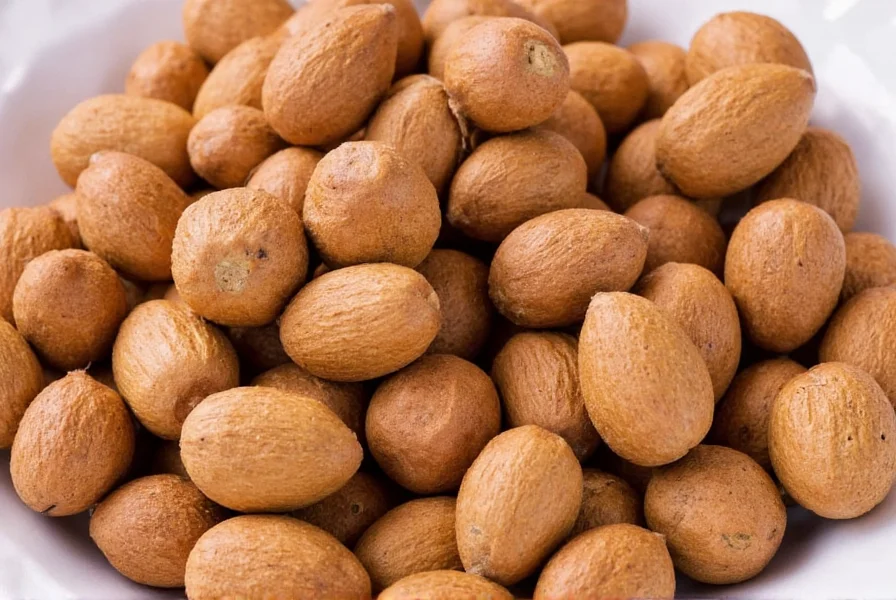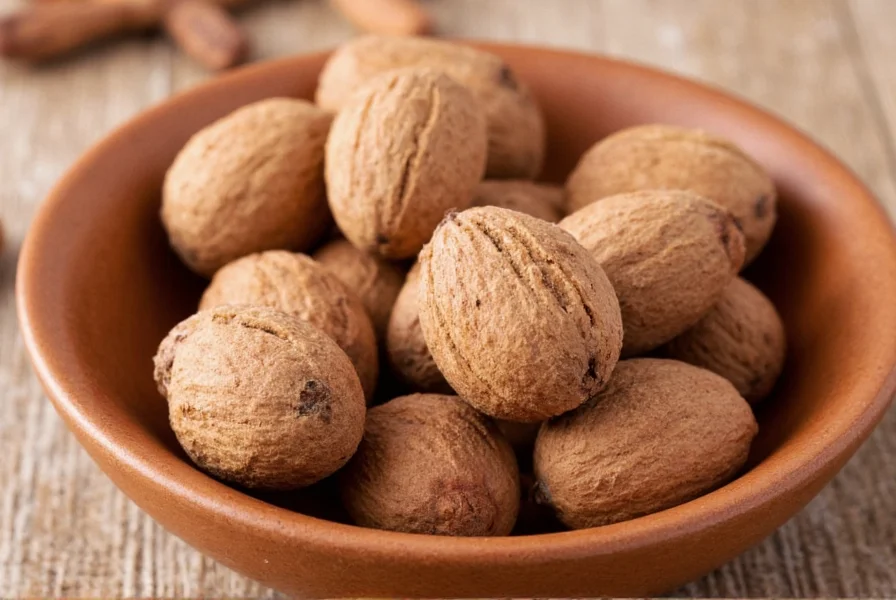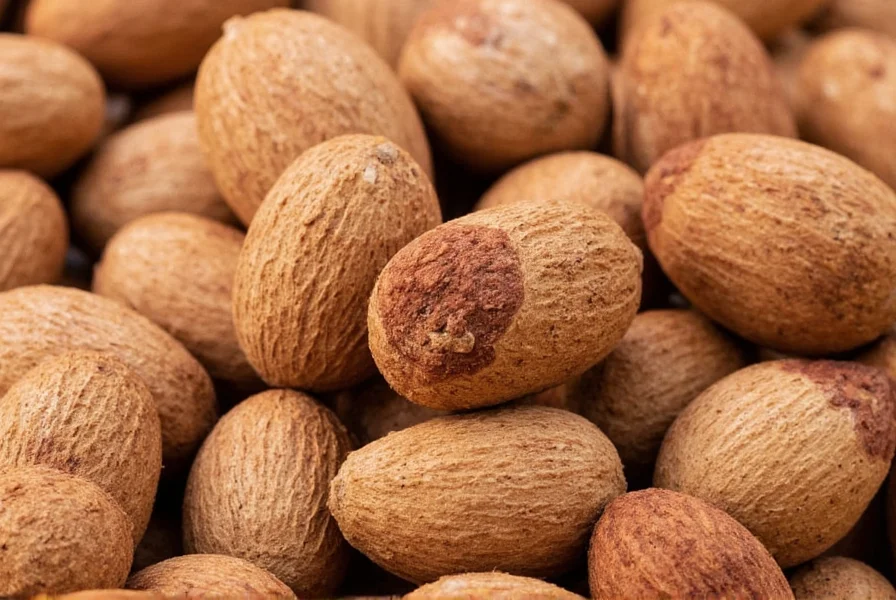Nutmeg, the seed of the Myristica fragrans tree, has been prized for centuries not just for its distinctive flavor but for its remarkable versatility across culinary and traditional applications. This aromatic spice delivers a warm, slightly sweet profile that enhances both sweet and savory preparations, making it a staple in kitchens worldwide.
Culinary Applications of Nutmeg
Professional chefs and home cooks value nutmeg for its ability to elevate dishes with minimal quantity. Unlike many spices that require generous amounts, nutmeg works powerfully in small doses—typically just a pinch or light grating transforms recipes.
Baking and Desserts
Nutmeg shines in baked goods where its warm notes complement other spices. It's essential in classic preparations like:
- Pumpkin and apple pies
- Custards and puddings
- Spice cakes and gingerbread
- Rice pudding and bread pudding
- Bechamel-based sauces for lasagna
When using nutmeg in baking recipes, freshly grated whole nutmeg provides significantly more vibrant flavor than pre-ground versions, which lose potency quickly due to its volatile essential oils.
Savory Dishes and International Cuisine
Beyond sweets, nutmeg enhances numerous savory applications across global culinary traditions. In European cuisine, chefs incorporate it into:
- Cheesy pasta bakes and gratins
- Creamy vegetable soups
- Meatloaf and sausage preparations
- Spinach and other leafy green dishes
- Classic French béchamel sauce
Indian and Middle Eastern cuisines feature nutmeg in spice blends like garam masala, while Indonesian cooking uses it in meat dishes and preserves. Dutch cuisine traditionally includes nutmeg in boiled potatoes, and it appears in many traditional German potato salads.
| Cuisine Type | Signature Dishes | Recommended Amount |
|---|---|---|
| European | Cheese sauces, potato dishes, meatloaf | 1/8 tsp per serving |
| American | Pumpkin pie, eggnog, custards | 1/4 tsp per recipe |
| Indian | Garam masala, biryanis, meat curries | Pinch per serving |
| Caribbean | Curries, stews, rice dishes | 1/8-1/4 tsp per recipe |

Traditional Medicinal Applications
Historically, nutmeg has appeared in traditional medicine systems across cultures. Ayurvedic practitioners have used it for digestive support, while European herbalists incorporated it for toothache relief and as a sleep aid. Some traditional applications include:
- Digestive aid for bloating and gas
- Natural sleep promoter in warm milk
- Topical pain relief when mixed with carrier oils
- Antimicrobial applications in traditional preparations
Modern research suggests nutmeg contains compounds with potential antioxidant and anti-inflammatory properties, though scientific evidence for specific health benefits remains limited. Most health professionals emphasize that culinary use provides minimal therapeutic effect, and concentrated medicinal use requires professional guidance.
Safety Considerations and Proper Usage
While safe in culinary amounts, nutmeg contains myristicin, which can cause adverse effects in high doses. Understanding proper usage prevents potential issues:
- Recommended culinary amount: 1/8 to 1/4 teaspoon per serving
- Potential toxicity threshold: Approximately 5 grams (about 1 teaspoon) or more
- Symptoms of overconsumption: Dizziness, rapid heartbeat, nausea, dry mouth
- Vulnerable populations: Pregnant women should avoid medicinal amounts
Chefs and food safety experts consistently recommend using nutmeg sparingly—its potent flavor means a little goes a long way. For optimal freshness and flavor intensity, grate whole nutmeg seeds directly into dishes rather than relying on pre-ground versions.
Storage and Selection Tips
To maximize shelf life and flavor retention:
- Store whole nutmeg in an airtight container away from light and heat
- Grind only what you'll use immediately for best flavor
- Whole nutmeg maintains potency for 2-3 years versus 6-12 months for ground
- Test freshness by grating a small amount—fresh nutmeg produces aromatic oil

Understanding Nutmeg Versus Mace
Many confuse nutmeg with mace, though they come from the same fruit. Nutmeg is the seed, while mace is the lacy red covering (aril) surrounding the seed. Though related, they offer distinct flavor profiles:
- Nutmeg: Warm, sweet, nutty flavor with subtle pepper notes
- Mace: More delicate, slightly citrusy with higher potency
- Substitution ratio: Use 1/4 teaspoon mace for every 1/2 teaspoon nutmeg
Chefs often select between them based on desired flavor intensity and dish requirements—mace works better in light-colored sauces where nutmeg might discolor the preparation.











 浙公网安备
33010002000092号
浙公网安备
33010002000092号 浙B2-20120091-4
浙B2-20120091-4